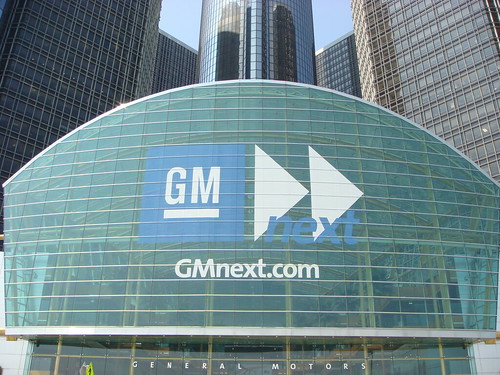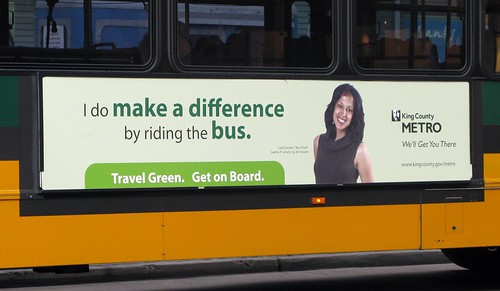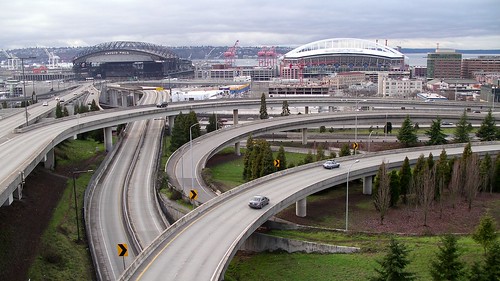Scoopful of GM News – May 1, 2009: Fiat’s Opel tango; Rendered speculation; Commodore comback; e-Bay finds; Collectors items; Mullet of the Law; April Sales
Auto threesome? Fiat CEO confirms pursuing partnership with Opel…GM, Opel, Vauxhall, FIAT, UAW/UnionsAs if Fiat doesn’t have enough on its plate while working on an alliance with Chrysler during its bankruptcy proceedings, the Italian automaker’s CEO has finally confirmed that it’s pursuing an alliance with General Motors’ German arm Opel.In the Fiat-owned newspaper La Stampa, CEO Sergio Marchionne said, “Now…from Autoblog
Rendered speculation: Chevrolet Sky-Volt?…disappointment to GM fans was the transformation of the Chevy Volt from concept to production form. The sporty, aggressive concept was to many eyes made too generic for production. One of our readers came up with a novel solution to both problems. Just graft the Volt concept nose onto the Sky and install an adaptation of the Voltec powertrain an…from AutoblogGreen
REPORT: RWD Commodore platform could underpin Caddies, G8 GT could make a comeback…GM, GMC, Australia Pontiac G8 ST – Click above for a high-res image gallery With Pontiac’s death official, Holden stands to lose around $1 billion annually with the demise of the Pontiac G8. However, Holden doesn’t plan to go quiet into night. The Aussie automaker has drawn up plans to offer the rear-wheel drive Commodore platform to Cadillac an…from Autoblog
Opel Insignia SportTourer OPC: An Audi S4 Avant-Fighter [Rendered Speculation]…heard that GM is pondering whether or not to bring the Insignia over here as a Buick, but with the current financial situation being faced by the General, we won’t believe anything until we see it. While we’re asking questions — How about an Audi RS4 fighter, or is that asking waaaay too much? [illustration via KORSdesign]from Jalopnik
eBay Finds of the Day: Pontiac Vibe GT-R and G6 GXP SEMA showcars…world GM division. But for a lucky two, that thrill can be experienced every day on their own driveway as two past Pontiac show cars have popped up on eBay Motors for sale.First up is the Pontiac Vibe GT-R that debuted at the 2002 SEMA show in Las Vegas. Boasting a unique Opera Red Metallic paint job, ram-air induction hood scoop, special body-k…from Autoblog
CNBC’s Dennis Kneale Wouldn’t Know A Car If It Hit Him In The Ass [Auto Tech Wars]…in every GM vehicle. That aux-in jack that can be found in every GM product is the same aux-in jack you’ll find in every Toyota product. But more to the point of supposed technological superiority — find me a Toyota or Honda-branded vehicle with a plug-in-play system that works as effortlessly as Ford’s Sync system. Tell you what — Kneal…from Jalopnik
Pontiac G8 GXP, Solstice Coupe – Future collectors items? [w/POLL]…lost when GM inexplicably dropped classic names like Bonneville, Grand Prix and Grand Am.We’re not going to disagree with that assessment, but it may not be the whole story. If sales figures alone can predict a future classic, perhaps we should rush out and put a new Solstice Coupe GXP in our driveway. We spoke with Pontiac’s media relations man…from Autoblog
Camaro Police Cruiser: Long Mullet Of The Law [Chevy Camaro]The 2010 Chevy Camaro is likely to attract its fair share of police attention. But what if the new Camaro was the police car? Whoa. Rendered gallery below. The detailed photoshop adds much of the features you’d expect from a police car, including the push-bar and an LED light-strip above the roof. Without many additions the Camaro looks the part of…from Jalopnik

GM Autosales for April fell 33% – Toyota Falls Behind Ford Ford Motor’s vehicle sales dropped 32% last month, but the healthiest of Detroit’s auto makers outsold Toyota in the U.S. for the first time in at least a year. GM’s sales fell 33%.











